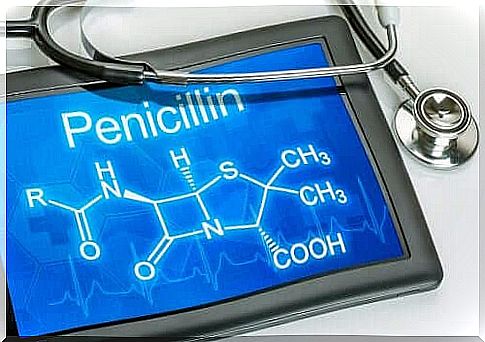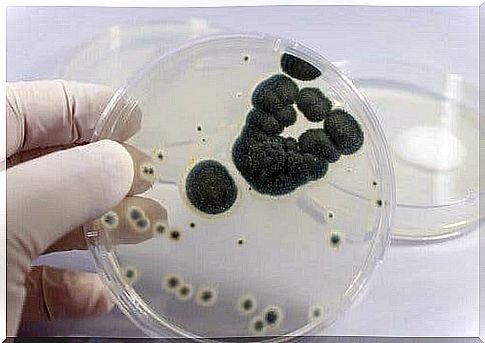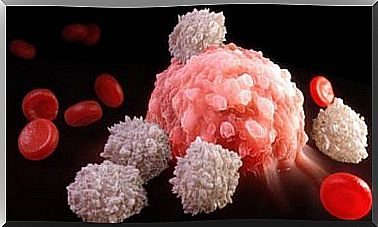What Is Penicillin And What Is It Used For?

Penicillin is an antibiotic derived from the fungus penicillium. This great discovery in the world of medicine is attributed to Alexander Fleming, a Scottish bacteriologist. He discovered penicillin in 1928.
However, experts only managed to produce it in bulk 10 years later. Those responsible for this task were, among other professionals, biochemist Ernst Boris Chain and pathologist Howard Florey.
Penicillin is an antibiotic that belongs to the family of beta-lactams (β-lactams). This antibiotic has a wide range of effects and is effective against many different bacteria, such as pneumococci, streptococci, Clostridium tetani (which triggers tetanus), and meningococci, among others.
We say that it was a wonderful discovery in the world of medicine because it helped eradicate several diseases that proved fatal to patients at the time it was discovered. These include sepsis, gonorrhea and even scarlet fever.
However, medical professionals have abused the administration of both penicillin and the synthetic and semisynthetic derivatives that have been discovered over time. As a result, bacteria have become resistant to these antibiotics.
This is a serious global health problem. Today, experts continue to study new mechanisms of action and therapeutic options to combat these resistant bacteria.
What are beta-lactam antibiotics?

In general, these types of antibiotics are narrow-spectrum, as they are only effective against gram-positive bacteria and kill bacteria. (however, penicillin is broad spectrum).
These medications are administered orally and parenterally. They are also very safe because the possible side effects are limited to hypersensitivity reactions. However, these reactions must be monitored as they may cause anaphylactic shock. Although they may cross the border of the placenta, doctors may indicate them to pregnant women because of the good safety profile they have shown in clinical trials.
Overall, these antibiotics have many uses.
Types of beta-lactam antibiotics
Among the groups that make up this family of antibiotics, we can find:
- Penicillin
- Cephalosporin
- Monobactam, which fights gram-negative bacteria
- Carbapenem types
Mechanism of action: How does penicillin work in the body?
Penicillin is a drug that kills and inhibits bacterial growth. For this reason, experts consider it a bactericidal agent. However, it can only kill microorganisms that grow and multiply, not those that are dormant.
In addition, as we mentioned above, penicillin belongs to the group of β-lactam antibiotics. This drug family inhibits the synthesis of bacterial cell wall structure, which is essential for the life of bacteria, to kill these microorganisms.
For this purpose, it inhibits the transpeptidation process and ultimately prevents peptidoglycan synthesis. Overall, antibiotics must enter the cell and bind to the proteins of penicillins once there.
Side effects of penicillin: penicillin allergy

Although penicillin is relatively safe, it can cause several side effects. Among them are hypersensitivity or an allergy to penicillin. Although this is the most important side effect, the severity varies from patient to patient. Symptoms include:
- Episodic rash
- Urticaria
- Anaphylactic shock
Other reactions that this drug can trigger are gastrointestinal disorders, such as diarrhea, nausea and vomiting, and additional infections such as candidiasis.
Conclusion
The discovery of penicillin was a breakthrough in medicine. This medicine has helped to eradicate many of the deadly diseases of the day.
However, abuse of this drug, as well as other findings, has led to the development of antibiotic resistance. Thus, these antibiotics have lost their effectiveness significantly. There is therefore a need for new antibiotics.









